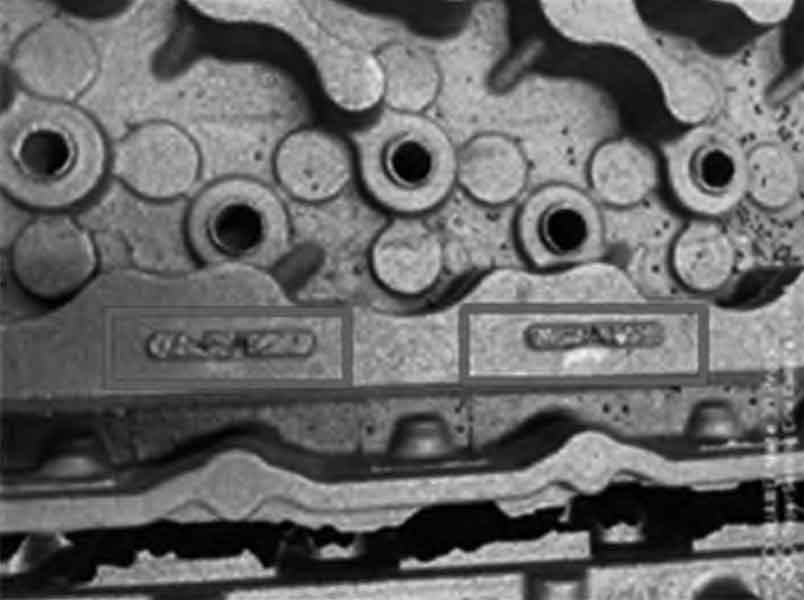Casting defects can occur during the casting process and can adversely affect the quality and integrity of the final cast component. There are several causes of casting defects, and understanding them is crucial for implementing effective solutions. Here are some common casting defects, their causes, and potential solutions for quality improvement:

- Porosity:
- Cause: Porosity refers to the presence of voids or gas pockets within the cast material. It can occur due to the presence of trapped air or gases in the molten metal.
- Solution: To minimize porosity, it is essential to ensure proper gating and riser design to facilitate proper metal flow and degassing. Additionally, controlling the pouring temperature and using suitable mold materials can help reduce porosity.
- Shrinkage:
- Cause: Shrinkage defects happen when there is insufficient feeding of molten metal during solidification, leading to the formation of voids or shrinkage cavities.
- Solution: The use of properly designed and sized risers and feeders helps compensate for solidification shrinkage. Ensuring a proper cooling rate and employing effective directional solidification techniques can also mitigate shrinkage defects.
- Cold shuts:
- Cause: Cold shuts occur when two or more fronts of molten metal do not fuse together properly during solidification, resulting in a visible line or surface defect.
- Solution: Enhancing the mold filling characteristics through proper gating and riser design can help prevent cold shuts. Adjusting pouring temperature and controlling the metal flow velocity can also minimize this defect.
- Misruns:
- Cause: Misruns happen when the molten metal fails to completely fill the mold cavity, resulting in an incomplete casting.
- Solution: Proper gating design, including sprue, runners, and gates, is crucial to ensure adequate metal flow and prevent misruns. Adjusting pouring parameters, such as temperature and speed, can also help improve filling.
- Inclusions:
- Cause: Inclusions are foreign materials, such as sand, slag, or oxides, that get trapped in the casting during the pouring process.
- Solution: Proper filtering and control of the molten metal composition can minimize the occurrence of inclusions. Maintaining a clean and well-prepared mold cavity is also important.
- Surface defects:
- Cause: Surface defects, including rough surfaces, cracks, or sand inclusions, can result from various factors such as improper mold preparation, poor mold release, or inadequate cooling.
- Solution: Ensuring proper mold surface preparation, using suitable mold release agents, and controlling cooling rates can help prevent surface defects. Regular maintenance and inspection of molds are also essential.
- Dimensional inaccuracies:
- Cause: Dimensional inaccuracies can arise due to factors like mold expansion/contraction, improper pattern design, or inadequate control over cooling rates.
- Solution: Accurate pattern design, proper mold material selection, and precise control of cooling rates can help minimize dimensional inaccuracies. Regular calibration of equipment and adherence to process controls are also important.
It is worth noting that specific casting processes (e.g., sand casting, investment casting, die casting) may have additional defects and corresponding solutions. Understanding the specific requirements and challenges of the chosen casting method is crucial for effective quality improvement.
